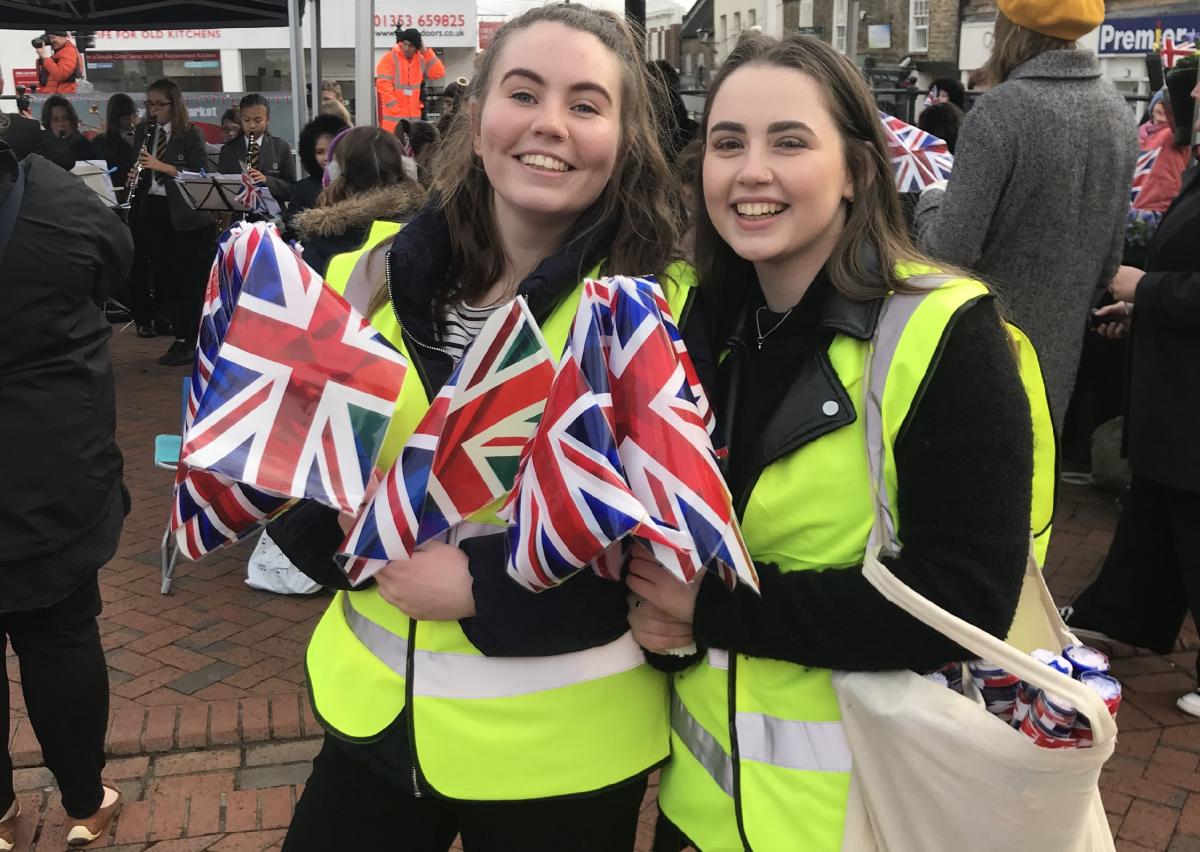


What do all great companies have in common? They know their target audience. In PR our job is to connect with multiple audiences – each one the end goal of one of our clients. But to reach them we must understand each of these clients first. Prominent’s two apprentices have been tasked with creating a portfolio of all the businesses we work with. And here Chelsea Debnam – explains what she has learnt from the task.
One of the first things I discovered about PR when I started working at Prominent is that no two clients are the same. This sounds self-explanatory. But it's not as simple as knowing the difference between a construction firm and a legal practice.
What it really means is that - regardless of the sector they are in - every one has a unique story and specific set of objectives and understanding these help us provide a better service.
Creating a portfolio of clients involved us putting together the simple information – company name, location, number of employees, background and contact details.
But it also involved speaking to each client’s account manager and asking them what the business aims were and how they devised an appropriate strategy to meet them.
It’s been fascinating for Jade and I. Here at Prominent, the senior members of the team don’t just listen – they ask questions.
What brought the client to this moment in time? What do they worry about? What are their frustrations? What do they celebrate? What’s their story, and why should we care?
This allows us to deliver content which engages with the client’s target audience – whether through the media, the public, via digital or traditional channels.
Understanding our clients properly allows us to plan for the present and future, help them through stressful situations and communicate their brand story more deeply.
Unlike some marketing companies who will focus solely on volume or reach, we don’t operate a cookie-cutter service. We can get volume and we can get reach – but in the right publications, on the right platforms and talking to the right audiences.
As our editorial director Ellen Widdup told me: “There is no point in PR unless it has focus. Start with the end goal and work backwards.”
To listen. Listening is an important part of learning.
And for me, this project has taught me to pay attention to the conversations in the office, to try and meet and greet our clients when they are here for meetings and put faces to names.
I have also learnt that clients must trust us to do the best job we possibly can.
We treat each one with the same level of care, attention and honesty. We know that what works one client, won’t necessarily be beneficial for another. And we tell them so.
Loyalty ties in with trust.
A business is a product of someone’s hard work. So even when they find trustworthy people to work with who understand their business and goals, they may be reluctant to hand over the PR reins or make any change. Hence building loyalty.
Knowing your clients inside out, having their best interests at heart and working hard alongside them to help their company grow are all things that will prove to your client that you are invested.
Finally – I understand the purpose of strategy.
It’s not one fits all. You can’t walk in to an architectural firm with the exact same strategy you developed for a district council. Their aims, audience and needs will not be the same.
Strategy is specific. And getting to the heart of each client helps us form a tailored plan. This is something I am keen to find out more about.
After all, it is this which makes us award-winning – not just for Prominent (although we have a number of accolades to our name) but for our clients too.